

October 13, 2008
Yanobox Motype 1.0
www.yanobox.com $99.00
Review by Steve Douglas
Noise Industries and their myriad number of FX plug in packages have been with us long enough to have established themselves as a mainstay 'go to' for many editors, including myself. I have found that most of the plug ins from Noise Industries have been of outstanding quality and usefulness and am glad they are on the scene.
Designed to work within the Noise Industries' Fx Factory application for Final Cut Pro, Final Cut Express, Motion, and Adobe After Effects, Yanoboxs' Motype is a single text animation FX plug-in with multiple presets designed to create some very creative text applications. Remember that you must have Fx Factory already installed to install Motype 1.0. If you already do have Fx Factory installed, the installation and registration of Motype proceeded flawlessly. Looking for it in the Final Cut Pro effects tab, it can be found within your Generators section listed as Yanobox, the company that developed the Motype plug-in.
Motype utilizes six elements, each with its own large set of parameters. One element, 3D Camera enables you to apply camera movements across and to the stage traveling across the X,Y, or Z axis. In Final Cut Pro each parameter may be keyframed just as you would with any plug-in. Using the Auto-Animate option gets you to some seriously beautiful text effects quickly which you can then tweak to your satisfaction.
The Cyclorama element of Motype 1.0 helps you create lighting effects using different textures spotlights, while the Particles emitters work help define a dynamic following of the text or as simply a creative background. You have full control as to the timing and duration. In the particles section you can substitute your own image for the supplied textures in the Particles section' image well. Should you change the preset, even though the image can still be seen in the well, place it in again.
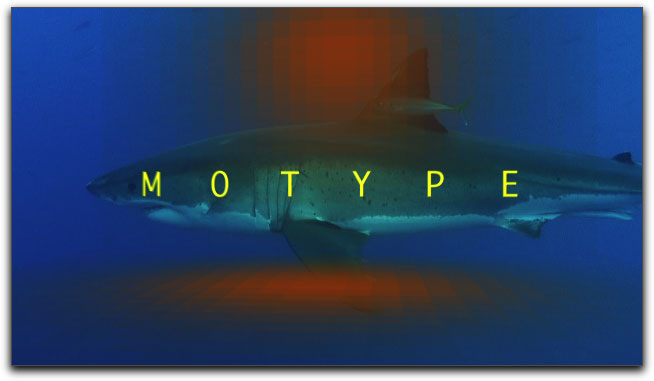
Using the Motype Cyclorama parameter I was able to create a more diffused stage for Mr. Big.
The Motion Mixer section creates various geometric transformations without having the need to keyframe. Working together, the individual elements of Motype Text Animation are capable of some seriously worthy productions.
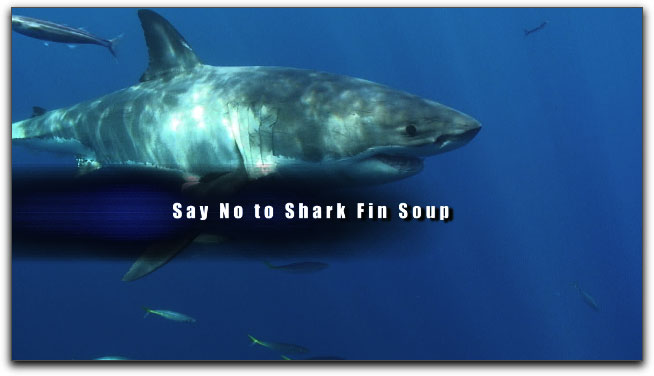
As in Motion and After Effects, the text can randomly spin, type on, or display with an endless assortment of possibilities.
It is the presets that really do get you started. Each preset presents an animated text graphic alternative, which you can then tweak, and change to fit your needs. It is also studying of the preset parameter settings that will further enable you to understand how these animations are built so that you can develop your own. Fortunately, any changes you make to any of the presets can be saved for future use so that you will not have to begin all over again trying to reproduce one effect for a different project later down the line.
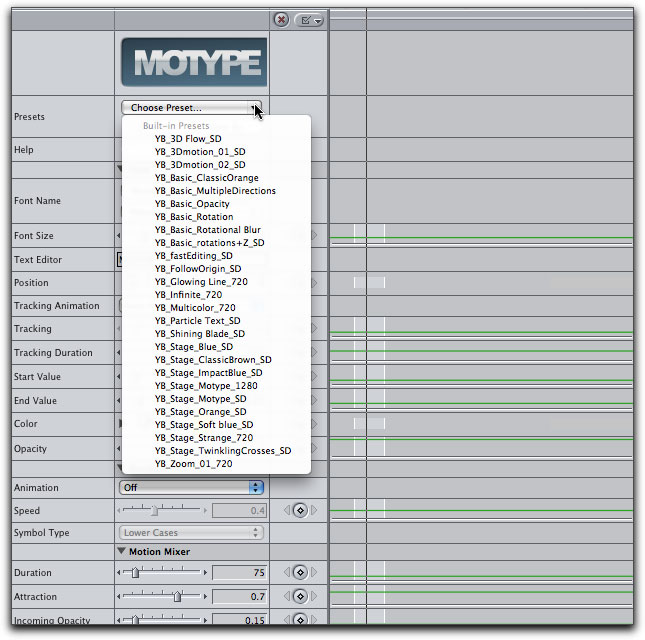
A healthy and varied set of presets will go a long way towards getting you started.
In use on my Mac Pro 3GHz dual core with 5.5 GBs of ram, when testing Motype presets in Final Cut Pro, and when placing the Motype animations over a background video layer, some of the presets played 'almost' in real time while others immediately came up with that annoying 'dropped frames' message forcing me to preview using Option/P. Depending on the computer you are using and your settings this may or may not occur. I always have my timeline set to 'unlimited' and dynamic.
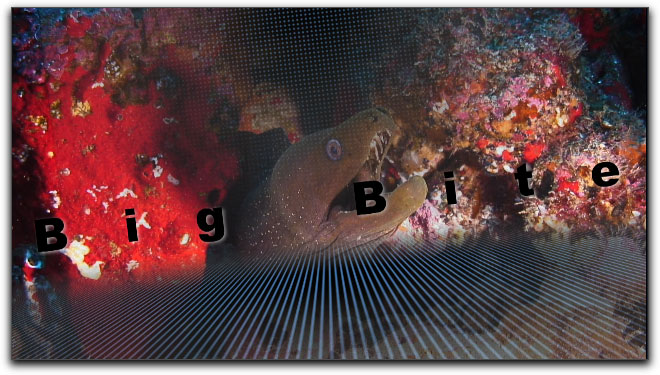
The ability to have your stage's x, y & z axis keyframed to change position creates a very nice 3D platform when viewed. This single frame doesn't do it justice.
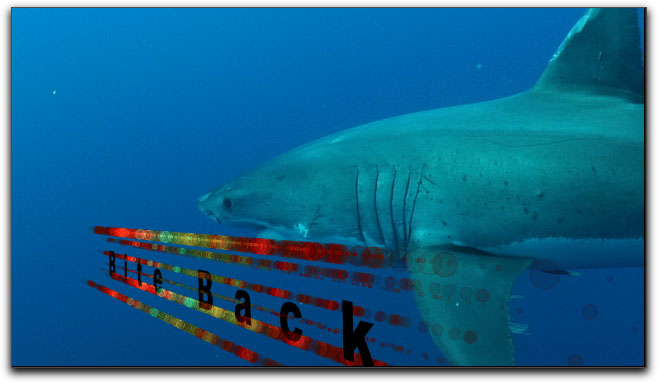
There are also numerous ways to use the particles generator and animate them as you will. This is just one of many styles of text animation.
There are real areas for improvement. A beautiful video demo on the Yanobox website certainly will attract your initial interest, but the manual is not really a manual at all, but simply a rather sizeable dictionary providing definitions for the names of the many parameters at your disposal. How to use them is something you will have to figure out on your own. Using the presets in Motype should certainly help you on this. There is no instruction either in the manual or on the Yanobox website. As I said, the manual simply explains the separate parameters and it is up to you to explore how they interact with each other. Video tutorials demonstrating how to most effectively achieve many of the same effects seen in Yanoboxs' demo reel would certainly ease things a bit. Learning how to use the Motype text animation plug in will be an experimental, figure out, and learn process. Having spent the better part of the day mix and matching the various parameters trying to figure out how they did or did not work together was a bit of a chore and grew to be more complicated than would be necessary had a decent manual and tutorial of any kind been provided.
My bottom line on the Yanobox Motype plug in is that the many presets provided may just be all that you need to add a brilliant touch to the opening and closing texts of your project. Noise Industries offers many packages of FX plug ins and you are free to pick and choose which ones are best for you. In the past, I have always found that just about all of them were of the finest quality. Motype is offered with a free 15 day trial and I would encourage you to take them up on the offer. It might just be what you have needed.
 Steve Douglas is a certified Apple Pro for Final Cut Pro 6 and underwater videographer. A winner of the 1999 Pacific Coast Underwater Film Competition, 2003 IVIE competition, 2004 Los Angeles Underwater Photographic competition, and the prestigious 2005 International Beneath the Sea Film Competition, where he also won the Stan Waterman Award for Excellence in Underwater Videography and 'Diver of the Year', Steve was a safety diver on the feature film "The Deep Blue Sea", contributed footage to the Seaworld Park's Atlantis production, the History channel's MegaDisaster show and is a feature writer for Asian Diver Magazine. His first National Geographic special will air in late 2008. Steve is one of the founding organizers of the San Diego UnderSea Film Exhibition and leads both underwater filming expeditions and African safaris with upcoming excursions to Kenya in Aug.09, the Red Sea for Nov.2009, and Truk Lagoon in Micronesia for July,2010. Feel free to contact him if you are interested in joining Steve on any of these exciting trips. www.worldfilmsandtravel.com
Steve Douglas is a certified Apple Pro for Final Cut Pro 6 and underwater videographer. A winner of the 1999 Pacific Coast Underwater Film Competition, 2003 IVIE competition, 2004 Los Angeles Underwater Photographic competition, and the prestigious 2005 International Beneath the Sea Film Competition, where he also won the Stan Waterman Award for Excellence in Underwater Videography and 'Diver of the Year', Steve was a safety diver on the feature film "The Deep Blue Sea", contributed footage to the Seaworld Park's Atlantis production, the History channel's MegaDisaster show and is a feature writer for Asian Diver Magazine. His first National Geographic special will air in late 2008. Steve is one of the founding organizers of the San Diego UnderSea Film Exhibition and leads both underwater filming expeditions and African safaris with upcoming excursions to Kenya in Aug.09, the Red Sea for Nov.2009, and Truk Lagoon in Micronesia for July,2010. Feel free to contact him if you are interested in joining Steve on any of these exciting trips. www.worldfilmsandtravel.com
[Top]
copyright © Steve Douglas 2008
© 2000 -2008 Ken Stone. All rights reserved. Apple, the Apple logo, Final
Cut Pro, Macintosh and Power Mac
are either registered trademarks or trademarks of Apple. Other
company and product names may be trademarks of their respective
owners.
All screen captures, images, and textual references are the property and trademark of their creators/owners/publishers.









 Steve Douglas is a certified Apple Pro for Final Cut Pro 6 and underwater videographer. A winner of the 1999 Pacific Coast Underwater Film Competition, 2003 IVIE competition, 2004 Los Angeles Underwater Photographic competition, and the prestigious 2005 International Beneath the Sea Film Competition, where he also won the Stan Waterman Award for Excellence in Underwater Videography and 'Diver of the Year', Steve was a safety diver on the feature film "The Deep Blue Sea", contributed footage to the Seaworld Park's Atlantis production, the History channel's MegaDisaster show and is a feature writer for Asian Diver Magazine. His first National Geographic special will air in late 2008. Steve is one of the founding organizers of the San Diego UnderSea Film Exhibition and leads both underwater filming expeditions and African safaris with upcoming excursions to Kenya in Aug.09, the Red Sea for Nov.2009, and Truk Lagoon in Micronesia for July,2010. Feel free to contact him if you are interested in joining Steve on any of these exciting trips.
Steve Douglas is a certified Apple Pro for Final Cut Pro 6 and underwater videographer. A winner of the 1999 Pacific Coast Underwater Film Competition, 2003 IVIE competition, 2004 Los Angeles Underwater Photographic competition, and the prestigious 2005 International Beneath the Sea Film Competition, where he also won the Stan Waterman Award for Excellence in Underwater Videography and 'Diver of the Year', Steve was a safety diver on the feature film "The Deep Blue Sea", contributed footage to the Seaworld Park's Atlantis production, the History channel's MegaDisaster show and is a feature writer for Asian Diver Magazine. His first National Geographic special will air in late 2008. Steve is one of the founding organizers of the San Diego UnderSea Film Exhibition and leads both underwater filming expeditions and African safaris with upcoming excursions to Kenya in Aug.09, the Red Sea for Nov.2009, and Truk Lagoon in Micronesia for July,2010. Feel free to contact him if you are interested in joining Steve on any of these exciting trips.